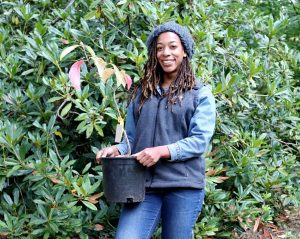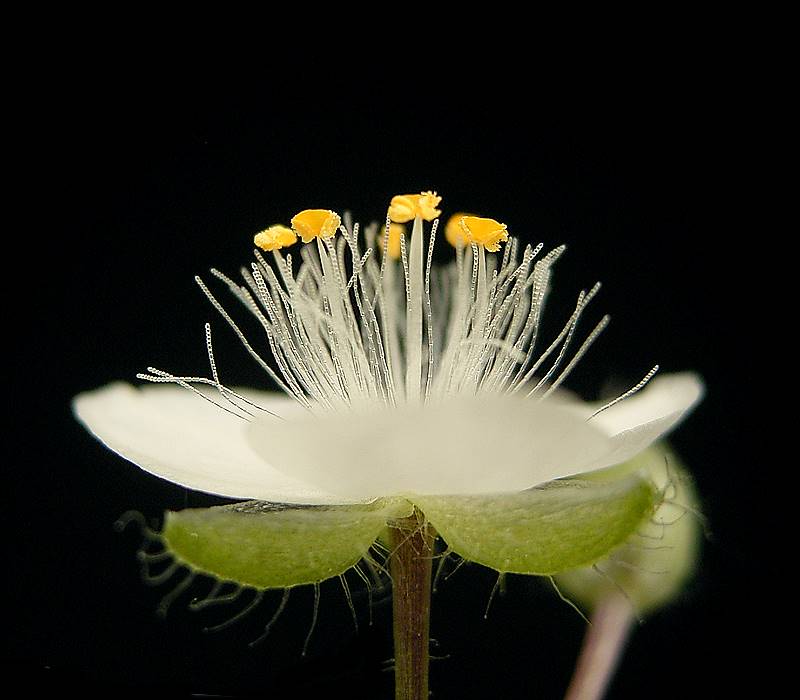Inequities run deep in the natural sciences, and it’s apparent in the racist and xenophobic nomenclature of some trees and plants. Even within the last 30 years, anti-Black slurs were commonly used to describe plants. There are many examples, including Echinocactus polycephalus and Bertholletia excelsa (Brazil nuts), that carry ugly colloquial names that only recently fell out of common usage. Sometimes the racism in a name can even be noted in the scientific nomenclature. The species name for many plants native to South Africa, like Erythrina caffra (African Coral Tree), has its roots in a slur for the region’s Black communities.
There are also plant names with offensive origins that aren’t as obvious. Tradescantia zebrina, for example, is currently called “Wandering Jew.” This name is based on a fictional character who was used to support antisemitism from the 13th century through the Nazi propaganda of WWII. “Why would we continue using that?,” you may be asking. It’s possible that the covert nature of its history has allowed the name to stick around for so long. People may unintentionally justify the name through assuming it has Biblical or geographical origins, or just by not asking questions altogether. Better names for Tradescantia zebrina are Wandering Spiderwort, Variegated Spiderwort, and Wandering Dude!
Another plant name that flies under the radar is the Pinus sabiniana, or “Digger Pine.” This tree from the western United States is named for a pejorative term used to reference the Paiute and other Indigenous groups. The name is still so commonly used that, without context, one may not think to question its origins. Instead, Pinus sabiniana should be called Gray Pine or California Foothill Pine, which this writer would argue are objectively better names for the conifer, anyway.
How do these names even come to be? The legacy of botany, the natural sciences, and “Western” society itself is rooted in colonialism and exploitation. Knowledge from the mouths of white, Christian men has historically been upheld as unbiased, basic truth, while the Black and Indigenous communities that have been exploited for knowledge and resources on former European colonies are, as Alexandre Antonelli of the Royal Botanic Gardens at Kew put it, “unnamed, unrecognised, and uncompensated.” It’s no wonder that many of the names we encounter in botany are problematic, when they were established with little respect for the humanity of communities that fell outside of a set of exclusionary norms.
Education is a core value of Hoyt Arboretum Friends (HAF), and it’s important to us that we 1) educate ourselves on the role gardens play in upholding systemic inequities, and 2) use our specialized knowledge to help create safer spaces for members of Black, Brown, and otherwise marginalized communities. “Decolonizing botanical collections,” as urged by Antonelli, is just one way to address exploitation, racism, and other power imbalances. I hope this post empowers you to question the history of the plants and gardens you encounter. This includes Hoyt, too; we’re keeping our eyes out for examples of insensitivity in our own collections and practices, so don’t hesitate to call us in if you notice anything. Get out there and start asking questions, and if you learn something interesting, feel free to let us know!
About the Author


